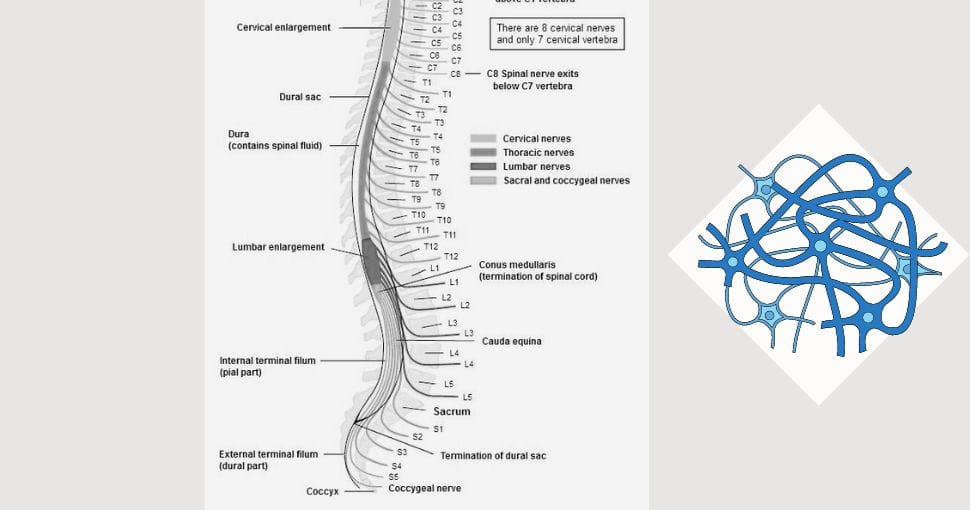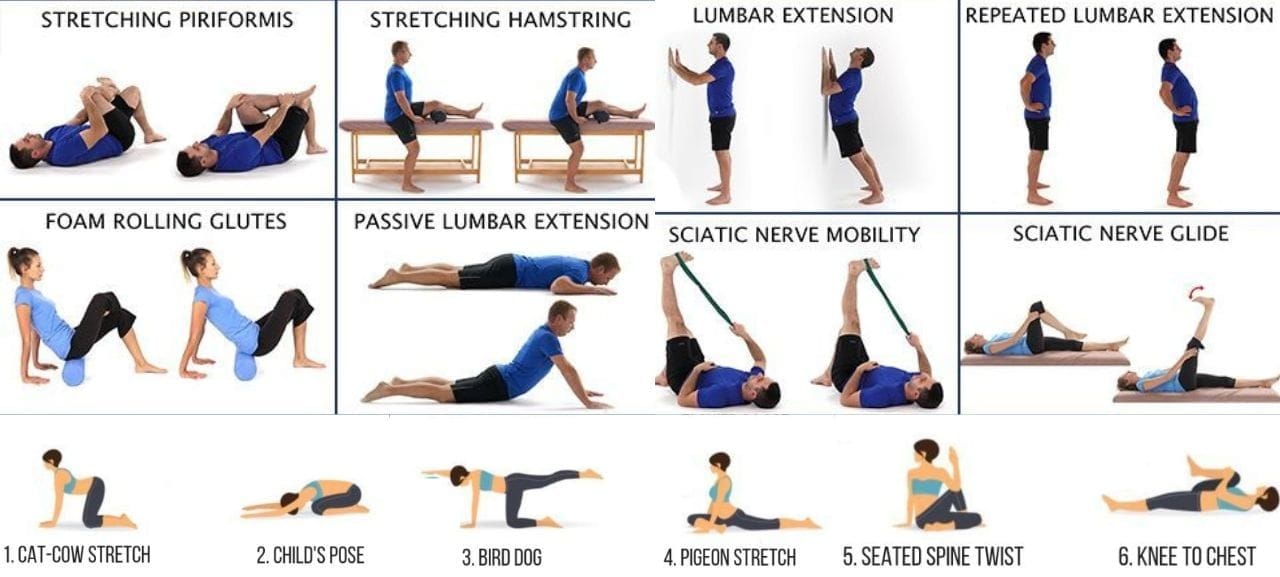Can Stretching Make Sciatica Worse?
This guide addresses pressing questions, emphasizing the importance of gentle stretches, proper technique, and the value of consulting healthcare professionals.

Sciatica can be a debilitating condition, causing pain, tingling, or numbness that originates in the lower back and travels down one leg. Traditional wisdom suggests that stretching is a beneficial way to relieve sciatic pain, but is it possible that some stretches might make sciatica worse? This article delves into the relationship between sciatica and stretching, offering insights into how to manage this condition effectively.
Key Takeaways:
- Understanding the right and wrong types of stretches for sciatica is crucial for pain management.
- Certain stretches can exacerbate sciatica symptoms if not performed correctly.
- Consulting with healthcare professionals before starting any stretching routine is essential for those with sciatica.
What is Sciatica?
Sciatica is a term used to describe symptoms of leg pain—and possibly tingling, numbness, or weakness—that originate in the lower back and travel through the buttock and down the large sciatic nerve in the back of the leg. It's a symptom of an underlying medical condition, not a medical diagnosis in itself.
The Anatomy of Sciatica

The sciatic nerve is the longest and widest nerve in the human body, and it plays a pivotal role in connecting the spinal cord with the leg and foot muscles. Any irritation or pressure on this nerve can lead to the characteristic pains of sciatica.
Common Causes of Sciatica
Sciatica is often caused by a herniated disc, bone spurs on the spine, or narrowing of the spine (spinal stenosis) compressing part of the nerve. This compression causes inflammation, pain, and often some numbness in the affected leg.
The Role of Stretching in Sciatica

Stretching is commonly recommended for relieving sciatic pain. It can help to alleviate the pressure on the sciatic nerve by loosening tight muscles and improving flexibility.
When Stretching Helps with Sciatica
Gentle stretching exercises can promote healing by increasing blood flow, reducing muscle tension, and enhancing mobility. For many, stretching provides significant relief from sciatic pain.
But Can Stretching Make Sciatica Worse?
However, not all stretches are beneficial for sciatica sufferers. Some can increase the pressure on the sciatic nerve and worsen the pain.
Identifying Harmful Stretches for Sciatica
Stretches that involve twisting the spine or bending forward from the waist with straight legs can be particularly harmful for those with sciatica.
The Importance of Technique in Sciatica Stretching
Proper technique is crucial when stretching with sciatica. Incorrect form can lead to increased pain and further injury.
Stretching Safely with Sciatica
To stretch safely, it's important to start slowly, maintain a controlled movement, and avoid any stretch that causes pain or discomfort.
Recommended Stretches for Sciatica Relief
Certain stretches, such as the knee-to-chest stretch or the piriformis stretch, are often recommended to help alleviate sciatic pain.
Stretches to Avoid with Sciatica
Conversely, stretches like the forward pigeon pose and deep hamstring stretches might need to be avoided or modified for those with sciatica.
Physical therapists can provide tailored stretching programs that safely target the muscles affecting the sciatic nerve.
Before starting any stretching routine, it's important to consult with a healthcare professional to ensure the exercises are safe and appropriate for your specific condition.
The Impact of Stretching on Sciatica: A Case Study
Examining real-life scenarios can provide valuable insights into the effects of stretching on sciatica. Case studies often reveal the nuances of how stretching can both alleviate and exacerbate sciatic symptoms.
How to Modify Stretches for Sciatica
Modifying stretches to accommodate the level of sciatic irritation is key. This might involve reducing the range of motion or altering the position to reduce strain on the sciatic nerve.
Incorporating Stretching into a Sciatica Treatment Plan
A comprehensive treatment plan for sciatica often includes a combination of stretching, exercise, and possibly other modalities like massage or acupuncture.
Understanding Your Body's Limits
Listening to your body is essential when dealing with sciatica. Recognizing the difference between a good stretch and harmful pain is crucial.
Managing sciatica is often a long-term process that involves regular stretching, strength training, and sometimes lifestyle changes to prevent further episodes.
When to Seek Medical Attention for Sciatica
If sciatica symptoms worsen or do not improve with self-care measures, it's important to seek medical attention. Persistent or severe pain may require more advanced treatments.
Summary
Stretching can be a double-edged sword for those with sciatica. While it has the potential to provide relief and aid in recovery, certain stretches or improper techniques can make symptoms worse. It's essential to understand which stretches are beneficial and which should be avoided.
FAQ Section
Q: Can stretching cause sciatica to flare up?
A: Yes, certain stretches, especially those that involve aggressive twisting or bending, can cause sciatica to flare up if not performed correctly.
Q: How often should I stretch to help my sciatica? A: The frequency of stretching can vary depending on the individual's condition and pain levels. It's best to consult with a healthcare professional for a personalized stretching plan.
Q: Are there any stretches I should completely avoid if I have sciatica?
A: While it depends on the individual's specific condition, generally, stretches that involve deep forward bends or twisting of the spine should be approached with caution or avoided.
Stretching exercises are a common recommendation for those suffering from sciatica, but it's important to approach them with caution. Not all stretches are created equal, and some can worsen sciatic pain if not done correctly. Understanding the right types of stretches and the proper technique is crucial for managing sciatica effectively.
When it comes to sciatica, the key is to stretch with care. Gentle, controlled movements that target the right muscles can help alleviate pain and improve mobility. However, stretches that strain the lower back or hamstrings can increase pressure on the sciatic nerve and exacerbate symptoms. It's essential to listen to your body and avoid any movements that cause pain or discomfort.
Key Takeaways
In conclusion, while stretching can be a helpful tool in managing sciatica, it's important to be mindful of the types of stretches you do and how you perform them. Consulting with healthcare professionals and possibly incorporating physical therapy into your treatment can help ensure that your stretching routine is safe and effective. Remember, managing sciatica is often a long-term process, and understanding your body's limits is key to finding relief.
